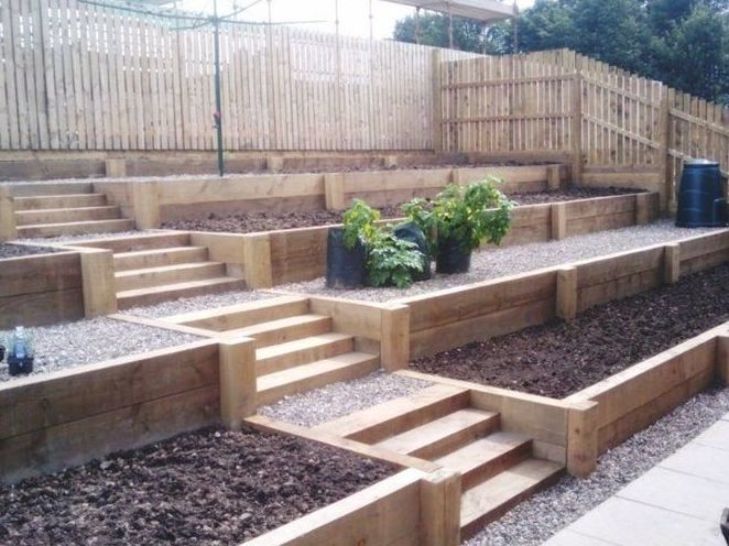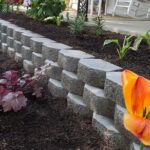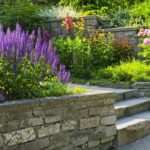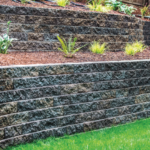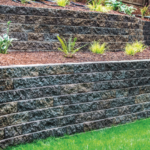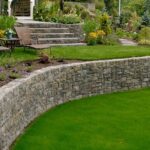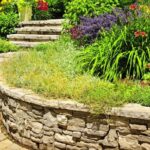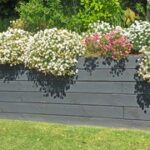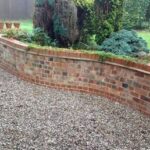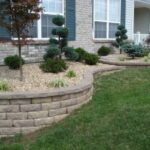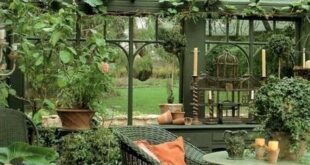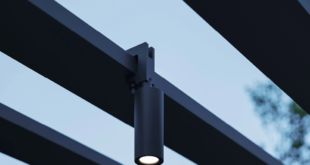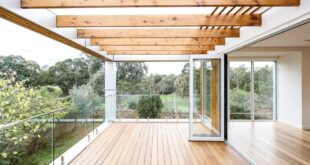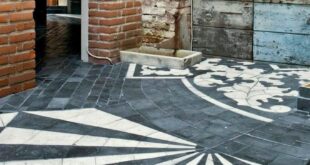Garden retaining walls serve both a practical and aesthetic purpose in landscaping. They help prevent erosion, create level planting areas, and add dimension and structure to the overall design of a garden. Designing and building a garden retaining wall can seem like a daunting task, but with the right tips and tricks, it can be a rewarding project that enhances the beauty and functionality of your outdoor space.
The first step in designing a garden retaining wall is to assess the site and determine the purpose and size of the wall. Consider factors such as soil type, drainage, and the slope of the land. Determine how high the wall needs to be in order to properly retain soil and create a level planting area. Take measurements and sketch out a plan for the wall, including any curves or corners that may be necessary to fit the space.
When it comes to choosing materials for your retaining wall, there are a variety of options to consider. Concrete blocks, natural stone, brick, and timber are all popular choices for garden walls. Consider the overall style of your garden and the durability of the materials when making your selection. Concrete blocks are a cost-effective and easy-to-install option, while natural stone and brick offer a timeless and sophisticated look. Timber walls can provide a rustic and natural feel, but may require more maintenance over time.
Once you have selected your materials, it’s time to start building the wall. Begin by creating a solid foundation for the wall, either with a concrete footing or a compacted gravel base. Lay the first row of blocks or stones on top of the foundation, making sure they are level and tightly packed together. Use a carpenter’s level and a rubber mallet to ensure each row is straight and level as you build upward.
As you build the wall higher, be sure to periodically backfill behind the wall with soil and compact it to provide stability. Drainage is crucial for a successful retaining wall, so be sure to install proper drainage systems such as weep holes or perforated pipes to prevent water buildup behind the wall.
For curved or intricately designed walls, consider using flexible materials such as interlocking blocks or modular wall systems that can easily conform to the shape of the land. These systems also offer a design versatility that allows for endless creative possibilities.
Landscaping and planting around the retaining wall can further enhance its beauty and blend it seamlessly into the surrounding garden. Consider incorporating flowering plants, shrubs, or vines that can soften the edges of the wall and add color and texture to the space.
Designing and building a garden retaining wall can be a challenging but rewarding project that adds both functionality and beauty to your outdoor space. With careful planning, proper materials, and attention to detail, your garden wall can become a striking focal point in your landscape that will stand the test of time.
